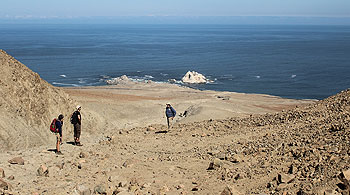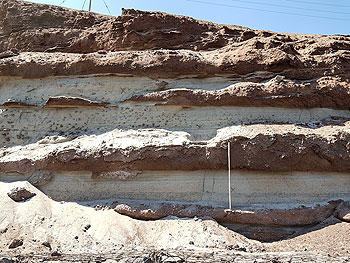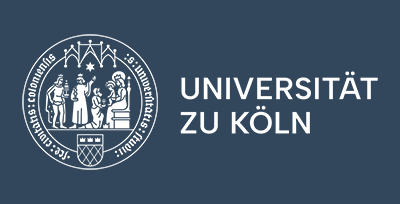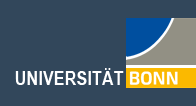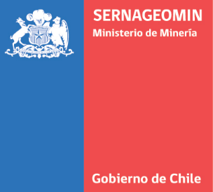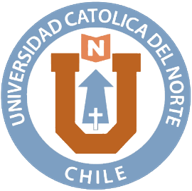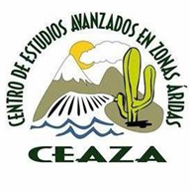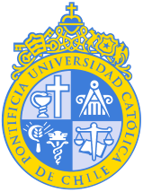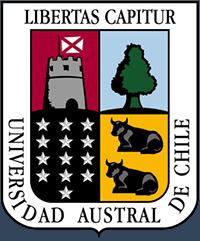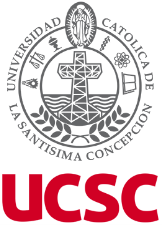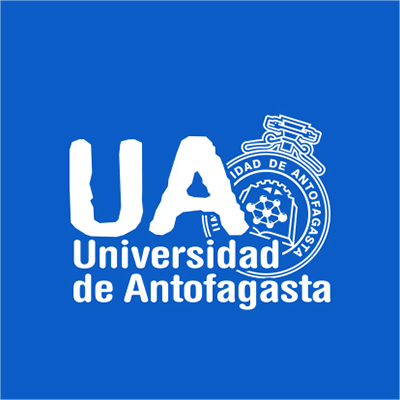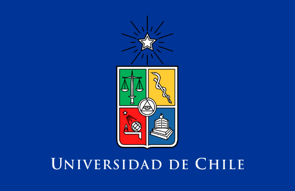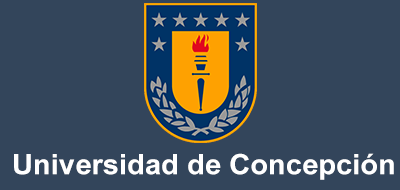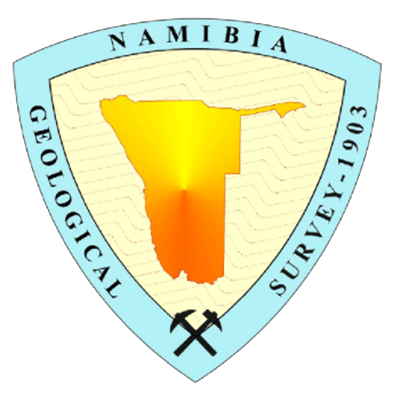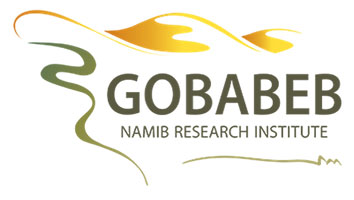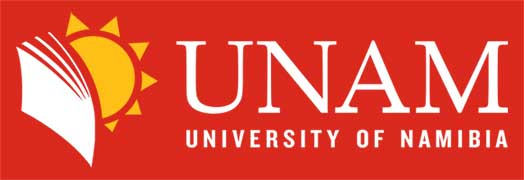Deciphering the evolution of the alluvial fans [between 21°S and 25°S – the interplay between climatic and tectonic control]
| Despite the hyperaridity, we encountered a surprisingly diverse fauna bound to the coastal environment; being either dependent on the nutrient-rich Humboldt Current or the moisture-bearing coastal fog locally known as ‘camanchaca’ and feeding the Loma vegetation. |
The project C2 focuses on alluvial fans – special conical sedimentary landforms typical along mountain fronts – in the coastal Atacama Desert. They emerge from the steep Coastal Cordillera and spread over a narrow plain to the Pacific Ocean. By studying the architecture, timing, and drainage basin characteristics of the alluvial fans along a South-North gradient of increasing dryness (‘aridity’), we aim at deciphering the different impacts of climatic and geologic controls on fan evolution. This knowledge is crucial to understand fluvial transport and sedimentation (river deposits) in this unique, extremely dry (‘hyperarid’) landscape. This is particularly important under changing climatic conditions.
“Unique about this project is the combination of different geomorphological, sedimentological, and geochronological approaches allowing us to reconstruct the evolution of such a special coastal environment – being special due to its aridity and steep relief.”
– Prof. Dr. Frank Lehmkuhl
| One could think that working in the midday sun was the toughest part of the field work, but, in fact, hiking up the steep fans and their catchments during the foggy and thereby water-saturated morning air was more arduous. |
So far, very little research focused on alluvial fans interacting with the marine environment in hyperarid regions. The coastal alluvial fans in the Atacama Desert are especially interesting because they differ considerably in their architecture, age, and activity from the interior fans of the Atacama Desert. The coastal fans are comparatively short (few hundreds of meters to maximum three kilometers) due to erosion by wave action but thick. Rare but extraordinary rainfall events, like the one in March 2015 (see link below), affect in particular the coastal region by severe debris flows.
Moreover, we use and compare a wide range of numerical dating techniques to get first age information on alluvial fan activity in the coastal Atacama during the late Quaternary. In contrast to the interior fans which date back to the Miocene-Oligocene (9 to 34 million years ago, e.g. Dunai et al., 2005, Ritter et al., 2018), fan deposits at the coast are as yet exclusively dated by us to be younger than the last interglacial (last 100,000 years).
“The ability to see stunning landforms and deposits of various geomorphological processes in a hyperarid region with barely any vegetation is like looking at the evolution of Earth’s naked skin.”
– Prof. Dr. Helmut Brückner
Publication
- Scientific article:
https://www.tandfonline.com/doi/full/10.1080/17445647.2019.1611499 - The March 2015 flood event in the Atacama Desert:
https://www.munichre.com/topics-online/en/climate-change-and-natural-disasters/natural-disasters/floods/floods-in-atacama-desert-2015.html
Other references
- Dunai, T.J., González López, G.A., Juez-Larré, J., 2005. Oligocene-Miocene age of
aridity in the Atacama Desert revealed by exposure dating of erosion-sensitive
landforms. Geology 33, 321–324. https://doi.org/10.1130/G21184.1 - Ritter, B., Stuart, F.M., Binnie, S.A., Gerdes, A., Wennrich, V., Dunai, T.J., 2018.
Neogene fluvial landscape evolution in the hyperarid core of the Atacama
Desert. Sci. Rep. 8, 13952. https://doi.org/10.1038/s41598-018-32339-9
Contact
Prof. Dr. Frank Lehmkuhl
Phone: +49 (0) 241 8096 064
E-Mail: This email address is being protected from spambots. You need JavaScript enabled to view it.
|
|
|



